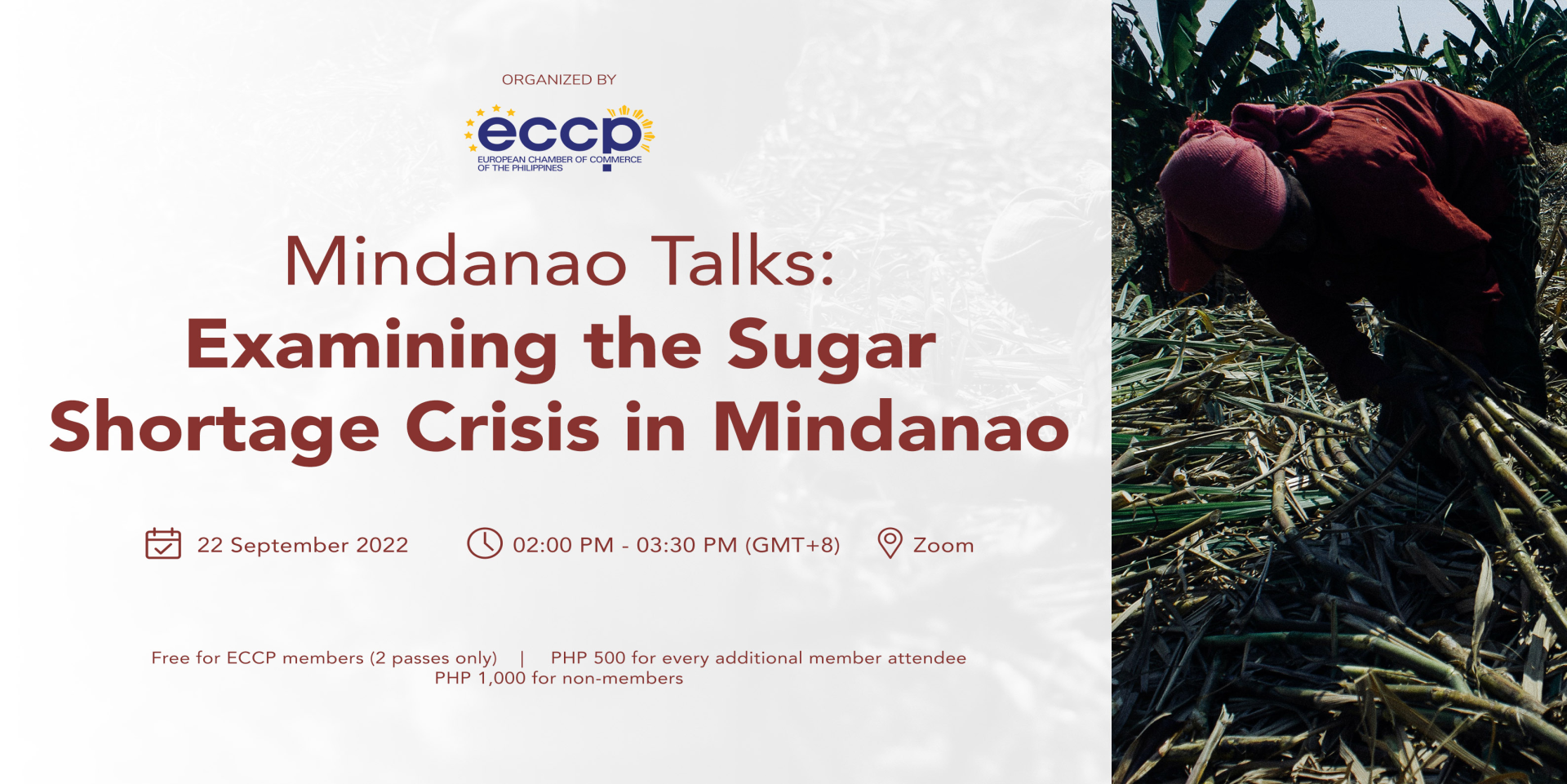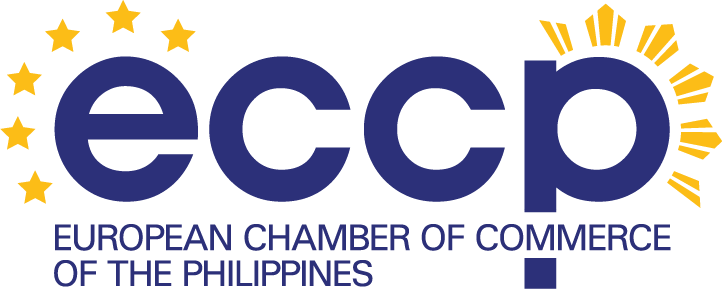
Mindanao Talks: Examining the Sugar Shortage Crisis in Mindanao
The sugar industry of the Philippines has a long history of growth and turbulence since the onset of its exportation to other countries during the mid 18th century. At present, there are 17 provinces that grow sugarcanes in the country, where 9 provinces house the distribution centers of sugarcanes for either refinery or exportation purposes. These provinces are Isabela and Cagayan in Luzon; Negros, Panay, Leyte, and Cebu in Visayas; and Bukidnon, Cotabato, and Davao in Mindanao. At present, reports indicate that out of the 28 operational sugar mills in the country, 12 are located in Visayas, which account for 58 percent of raw sugar production. In Luzon, 20 percent of raw sugar is produced in Tarlac and Batangas, while Bukidnon alone contributes 24 percent of raw sugar. While nearly 5-6 million Filipinos, or close to 7 percent of the country's population, are either directly or indirectly employed in the country's sugar production, the prevailing threat of sugar shortage, particularly in terms of raw sugar, continues to loom the country's economic prospects of achieving its goals, particularly in the retail and manufacturing sectors of the country, as it reels itself towards a post-pandemic agenda.
In order to discuss this relevant topic in this given time, ECCP will be hosting another segment of "Mindanao Talks: Examining the Sugar Shortage Crisis in Mindanao" on 22 September 2022 from 2:00 PM to 3:30 PM (GMT +8), via Zoom. This forum will gather stakeholders both from the public and private sectors to discuss the impact on the major sugar crisis to the different industries and its causes; the high costs of production, low yield and market price of sugar, climate change, and labor shortage.



